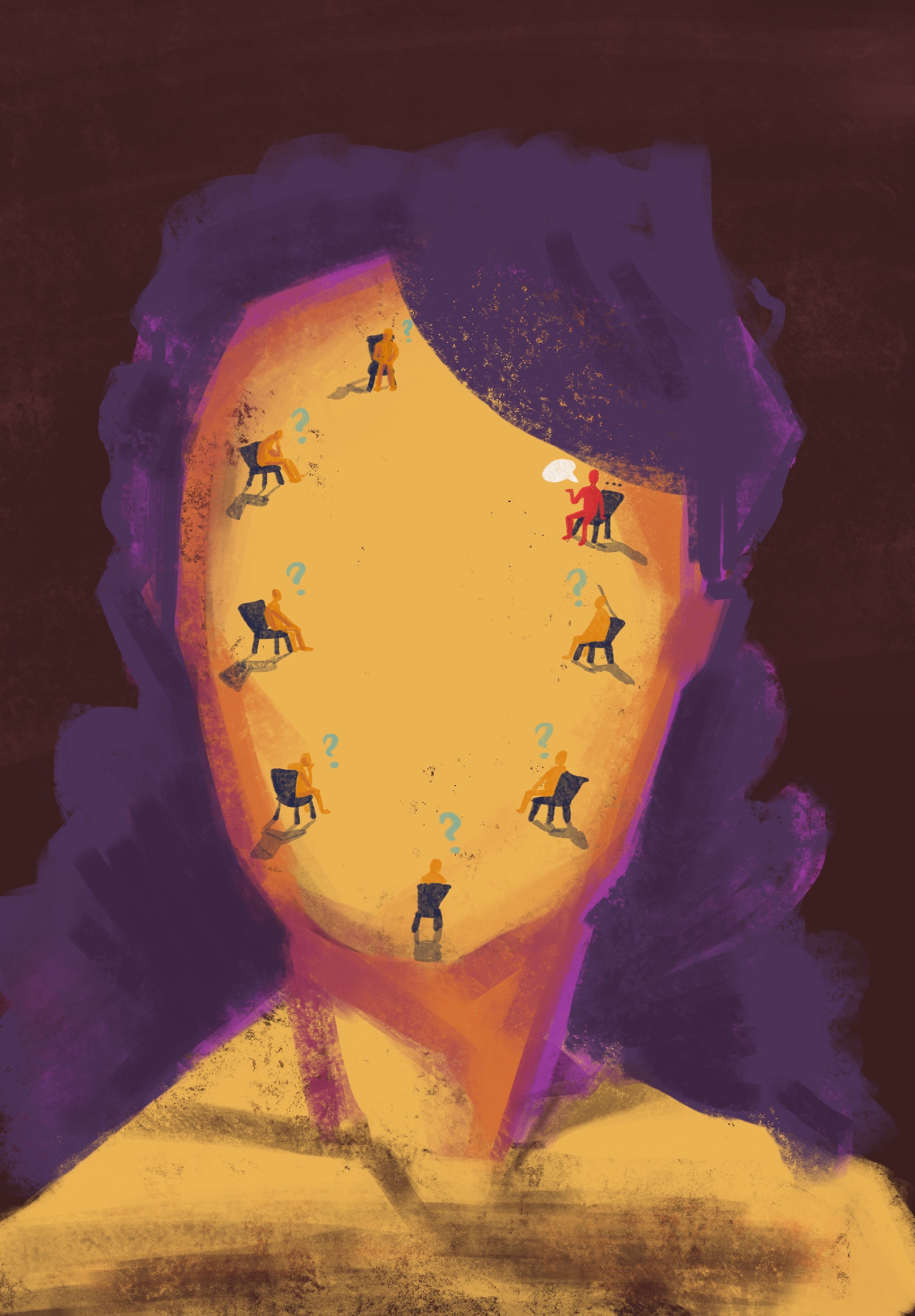Regaining my Power: a reflection on Action Learning
By Rahwa Beyene from RAPAR
I had the privilege of being a part of an amazing group of individuals in an action learning set. For those unfamiliar with this concept, it follows the principle of “a problem shared is a problem halved.” Action learning sets bring together people who have encountered similar problems, allowing them to explore potential solutions, test them out, and further develop their ideas. Extensive research has been conducted on the method and process of action learning sets, but I won’t delve into those details in this reflection. However, for those curious to learn more, I will provide some links at the end of this text.
When I first learned about action learning sets, I immediately associated them with therapy. Coming from a culture that doesn’t endorse therapy and where being labelled as “crazy” is frowned upon, I initially had reservations about the process. However, my skepticism was proven wrong, and now I am here to share my wonderful and enlightening experience.
Our facilitator, a remarkable individual with a wealth of knowledge on the subject, had previously conducted similar sets and authored numerous papers on the process. This reassured me that I was in capable hands.
The set consisted of approximately 7 or 8 participants, although I don’t recall the exact number as time has passed. The sets were scheduled every three weeks, allowing us ample time to reflect on our work, actions, and experiences. We were all part of a project called GRIPP, which stands out for its incorporation of lived and learned experiences. We even submitted a powerful statement to the UN. You can find the full link here.
During my first set, I felt quite nervous and eagerly anticipated how the session would unfold. As the rules were laid out and the process was explained, I began to feel more at ease.
Each of us was allotted around 15 minutes to discuss our challenges, be they related to work, personal life, or our community. Afterwards, the other participants would ask questions based on what we had shared during our allotted time. What sets action learning apart is that we cannot offer our opinions but can only ask questions that prompt further reflection from the speaker. This approach allows for moments of insight and self-discovery. Since we were all working together on the same project but in different capacities, the set was filled with diverse challenges and aspirations.
With each subsequent set, it became easier for me. I grew more relaxed and learned how to effectively express and share my thoughts. I discovered the art of asking questions and embracing the learning process. Admittedly, there were times when I didn’t particularly enjoy being in the “hot seat,” where I would be bombarded with questions to clarify the things I had said. However, as time went on, I realized that this was how true learning occurred. As adults, we often become entrenched in what we already know, and change can feel daunting.

As a refugee, this experience has brought about much-needed self-awareness. It has allowed me to regain the power I had lost during the asylum process. My eyes have been opened, and I am now able to reflect on the changes I would like to see implemented.
As our facilitator often emphasizes, there is so much we can do to change the world. However, I firmly believe that change begins within each of us, and that is the crucial first step.
– – –
To learn more about Action Learning, watch this video here.
Image by Sophia Philips
